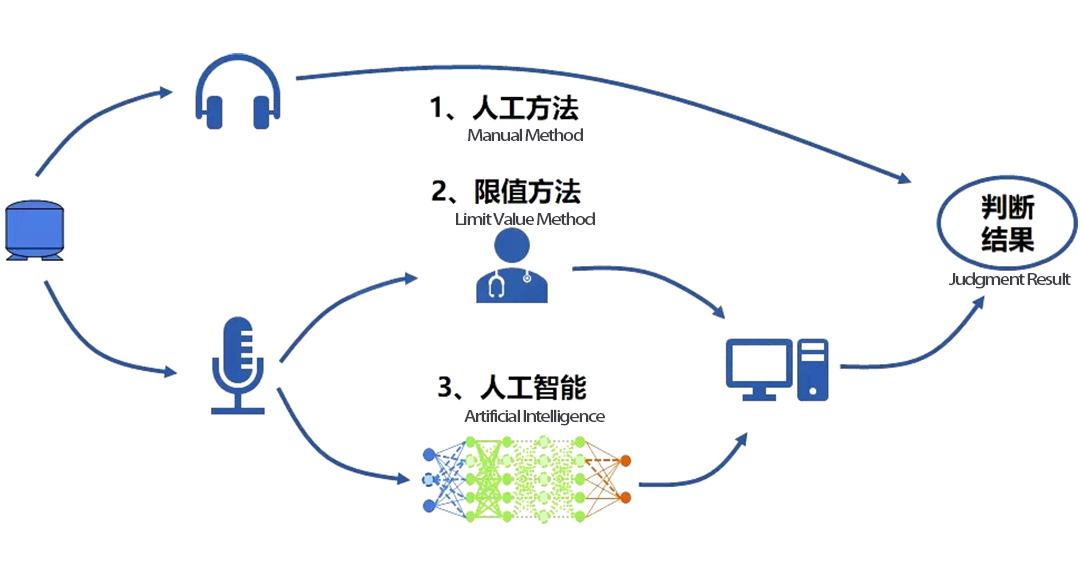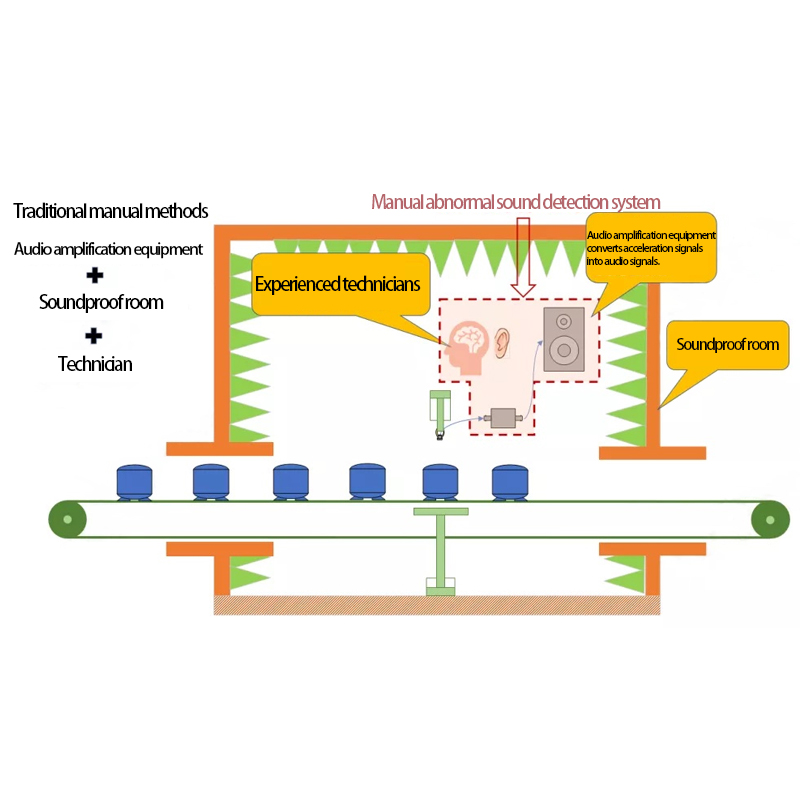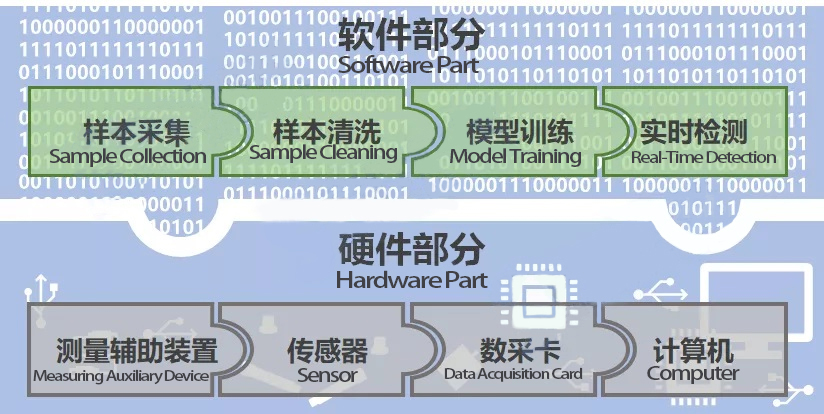AI (Artificial Intelligence) abnormal sound detection is an intelligent detection method based on machine learning theory. Different from traditional manual detection methods, it operates on an AI system composed of computers and software. Through learning and training with a large number of samples, the system automatically acquires criteria for judging abnormal sounds, thereby realizing the automatic detection of abnormal sounds. The following sections explain AI abnormal sound detection in terms of its principles, implementation, and detection effects.
The criteria for judging abnormal sounds in AI-based abnormal sound detection are derived through machine learning methods. Based on a large number of samples, data-driven models and corresponding model parameters are obtained via automatic training, and these together constitute the judgment criteria for abnormal sound detection. Machine learning methods are the core of AI abnormal sound detection. Below, we will understand the basic principles of machine learning by comparing it with the human learning process.
The human learning process: Humans learn from materials and information, then generalize, organize, and summarize what they have learned. After repeated review and practice, this knowledge is eventually internalized as knowledge and experience. When encountering similar problems or situations, humans can then make correct responses and complete tasks.
Based on a large number of training samples (such as audio files of home appliances), a home appliance abnormal sound detection model is obtained using specific machine learning algorithms. This model is a data-driven model, similar to the knowledge and experience acquired by humans. Then, the model is tested and verified with test samples, and its parameters are optimized until the test results meet the expectations. Finally, the trained abnormal sound detection model is deployed to the production line to realize real-time online abnormal sound detection.
In the research and exploration process of abnormal sound detection, three main methods have been developed, namely the most direct manual method, the early threshold method, and the current artificial intelligence method. The characteristics of these three methods are briefly introduced below.

As can be seen from the machine learning process, AI-based abnormal sound detection consists of three major parts. Here we take compressor abnormal sound detection as an example to illustrate:

The AI-based abnormal sound detection system can automatically determine the product status. It uses an AI abnormal sound detection model to replace the ears and judgment of professional technicians. The system can be divided into two parts: hardware and software, as detailed below:

Compared with the manual method and the threshold method, the advantages of the AI-based abnormal sound detection are as follows.
Manual method | Threshold Method | ||
Stability | poor | ordinary | Professionals directly judge by listening. |
Standardization | It varies from person to person | unify | unification |
Accuracy | It varies from person to person | generally | Very good |
Detection Speed | relatively fast | relatively fast | Fast |
Fatigue | can | Cannot | Cannot |
Contact: Mr. He
Phone: 13554924211
Tel: 13554924211
Email: sales@hzbaa.com
Add: 1st Floor, No. 99-15 Dayang Road, Rentian Community, Fuhai Street, Bao'an District, Shenzhen City
We chat
